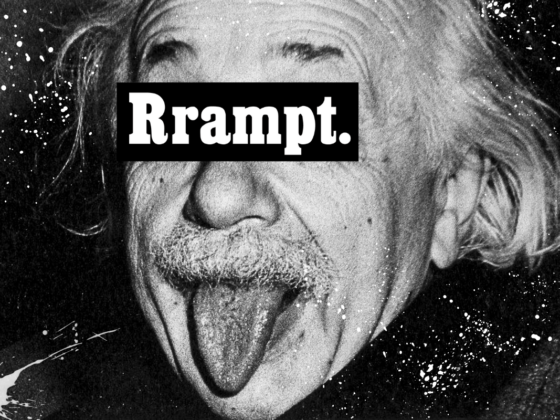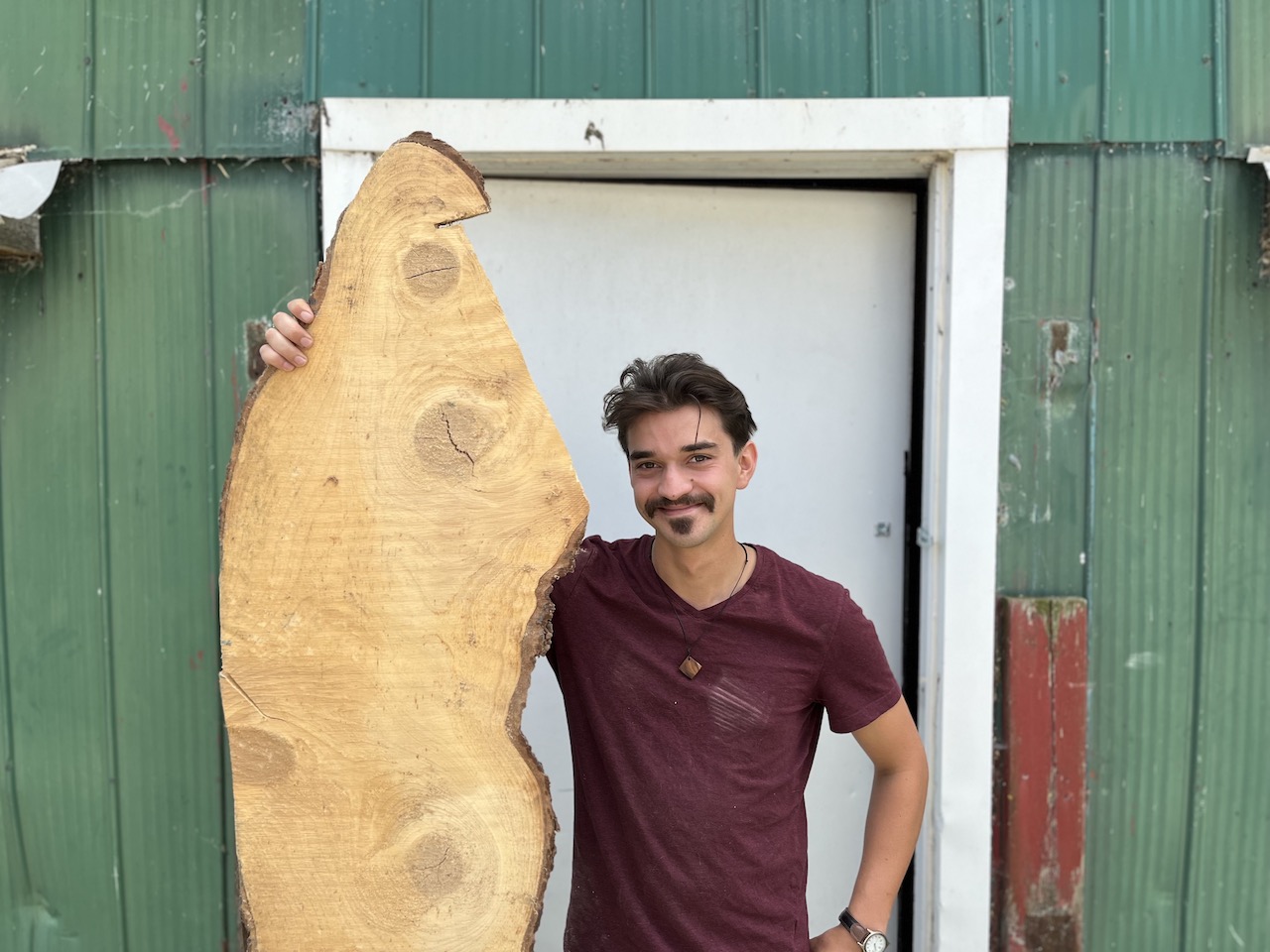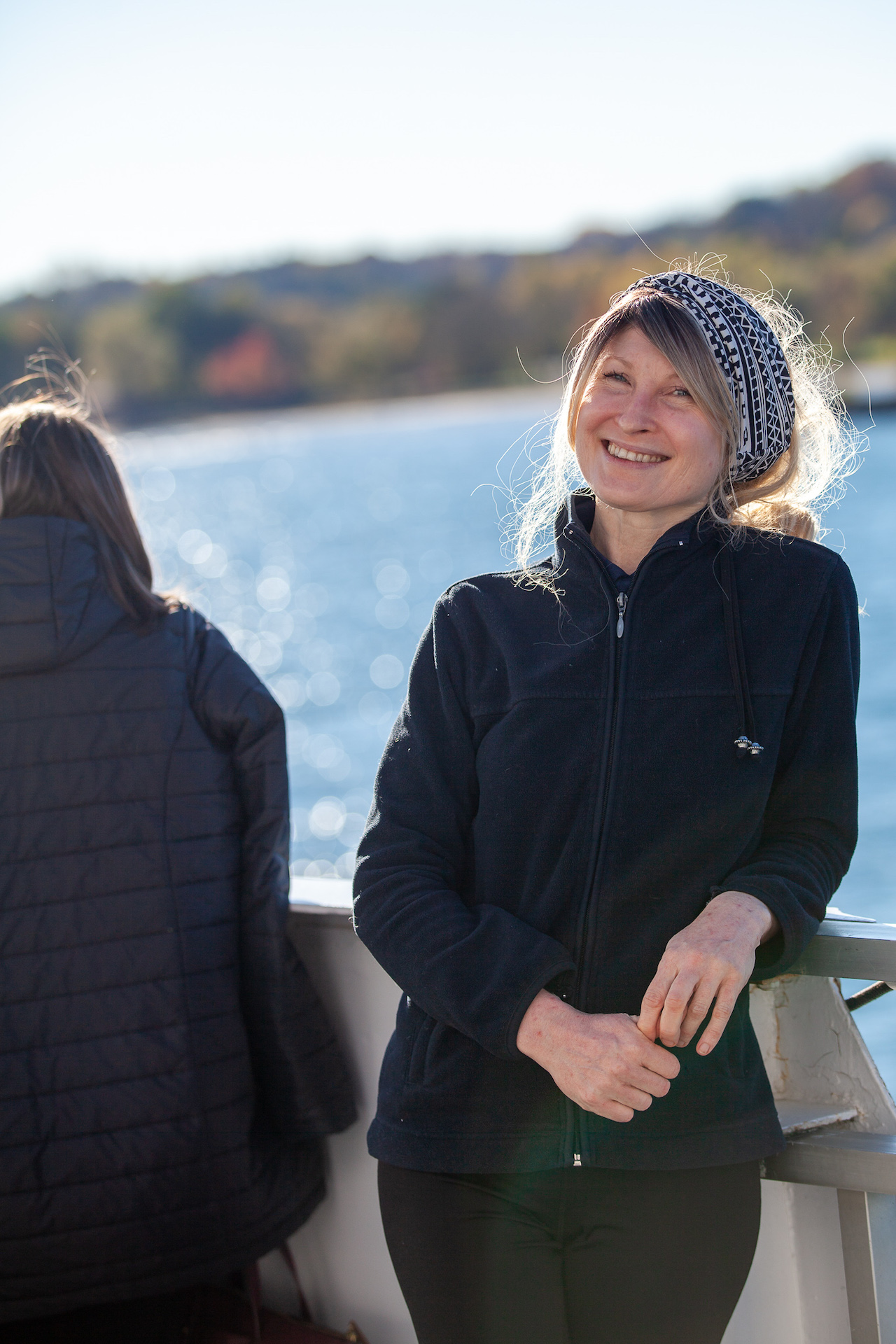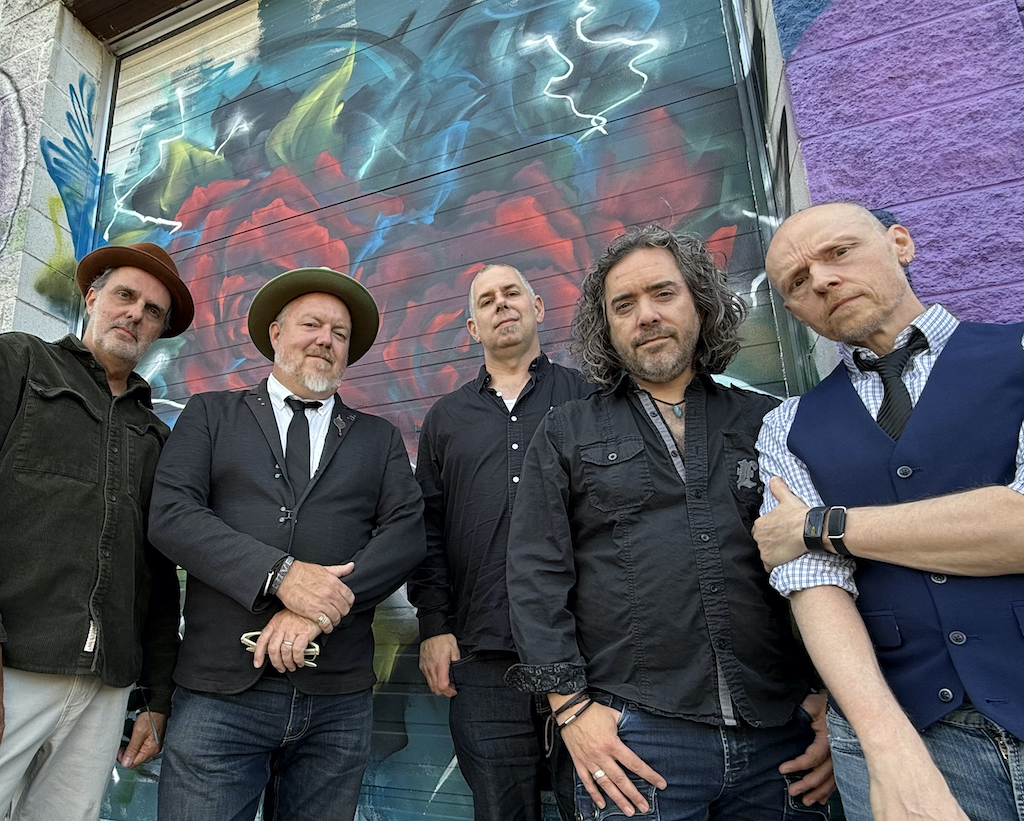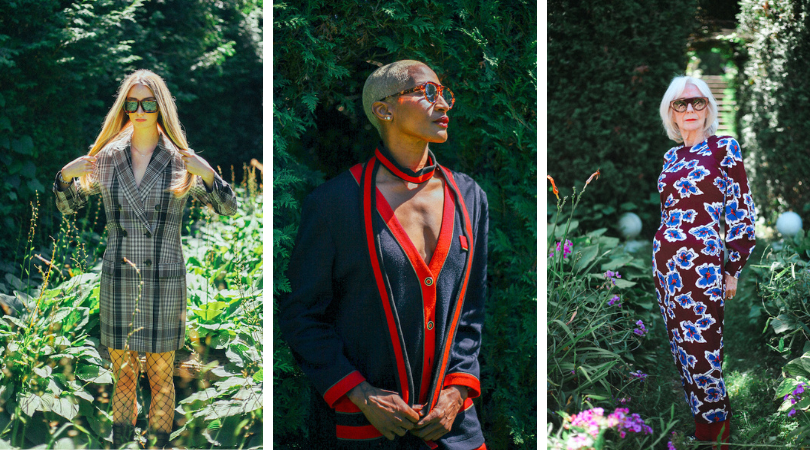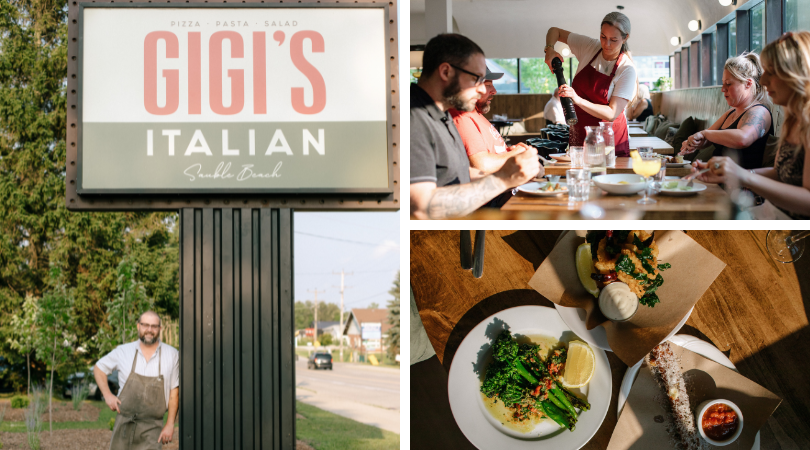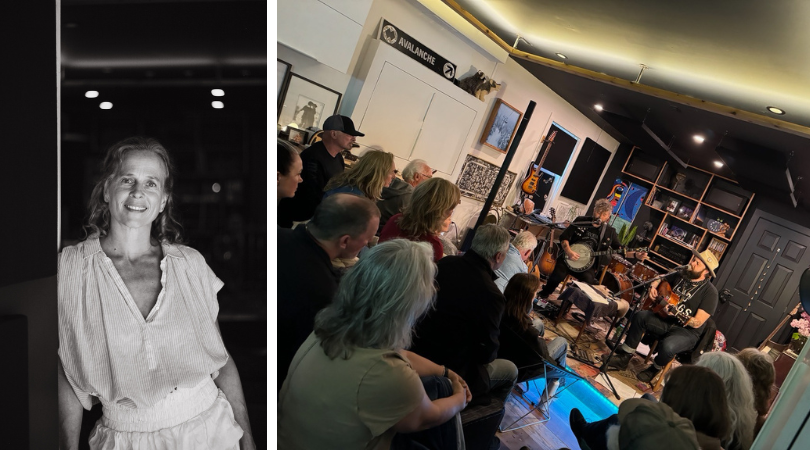Rr: At first glance, there’s an obvious love for light in your work that strikes the viewer. In a locale that’s been called the sunset capital of the world in years past, what about the coastline keeps calling you back?
RC: It is about having front row seats to the best show in town. Lake Huron, particularly along the Bruce County shoreline, offers a spectacular display of natural beauty. It has incredible variation in both light and subject, with four distinct and dramatic seasons that continually transform the landscape. This diverse geography and climate keep drawing me back. You truly never know what you’re going to encounter.
Rr: We’ve often discussed what a strong sense of home means to photographers – the Lake Huron landscape is clearly where your heart is. How does having a connection to a space link a photographer to their work?
RC: Born and raised, Bruce County is home sweet home for me; I feel a deep connection to the land, the people, and places through shared experiences. While a composition can be balanced
and beautiful, adding personal or shared experiences to a location elevates it to something much more profound. Being able to share these places and emotions sparked my interest in photography.
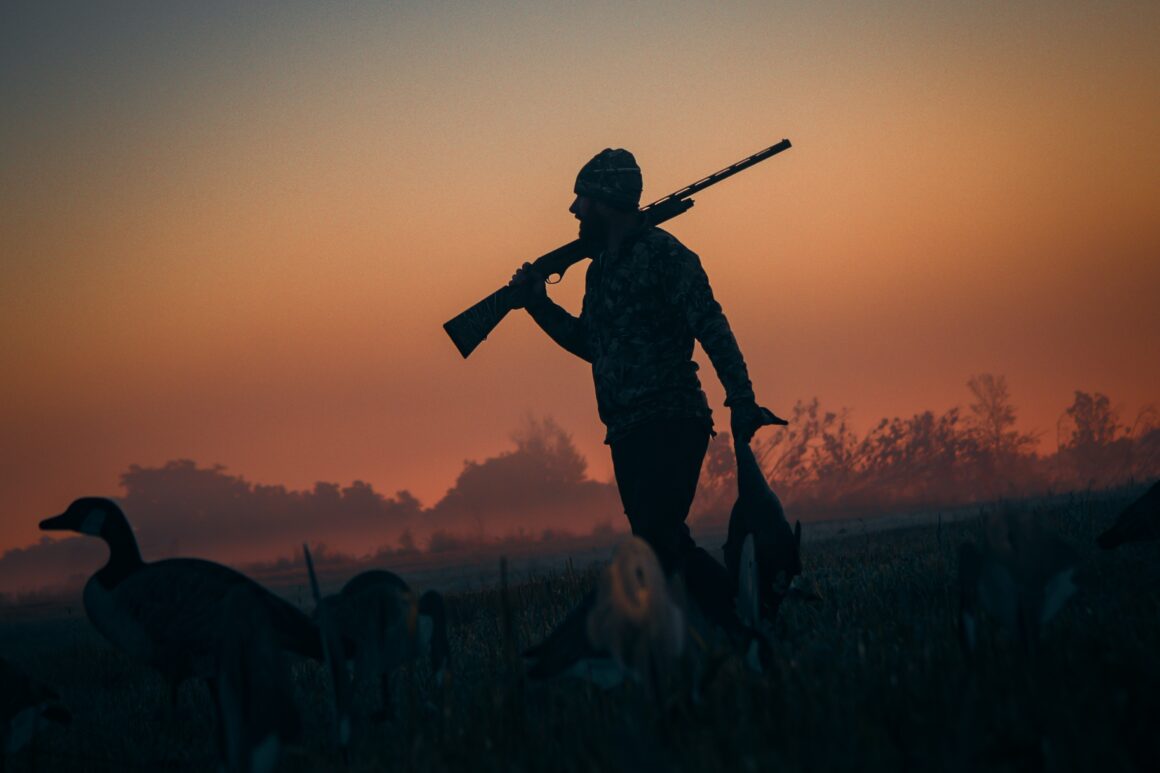
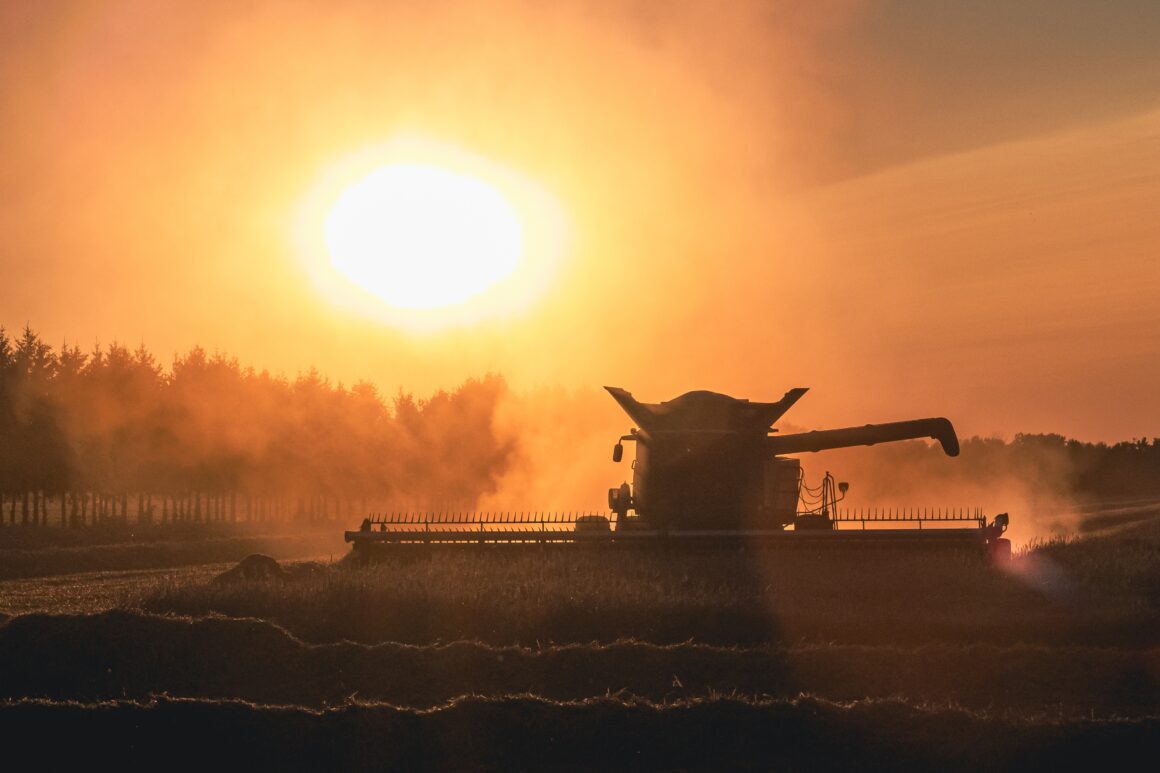
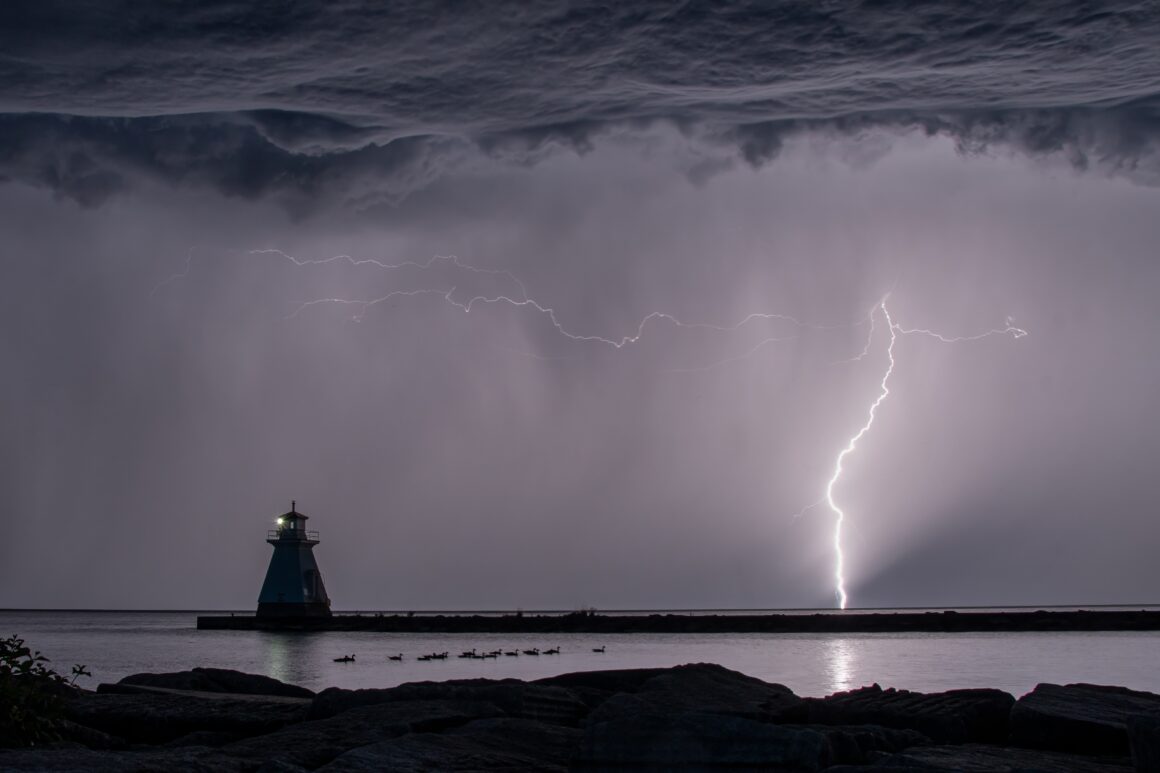
Rr: Your dedication to perfect composition also stands out – in an era so epitomized by an individual’s ability to point and click with reckless abandon, you’re taking your time to line up every frame with immaculate precision. How has the process of physically setting up and shooting a photograph changed your practice?
RC: As the saying goes, “Smooth seas don’t make skilled sailors.” Being in the field, at the right time, saves time in the editing room. Often, I will envision a shot or location and impatiently wait months or even years for the right conditions. As an example, maybe try capturing auroras and lightning, it is all about timing. Plus, adventure photography is a passion – paddling, wading, or hiking, if I’m getting dirty, cold, and wet, then I’m truly having fun.
Rr: I dipped over to your second account, @ryancampbellphotos, and found a totally different focus, yet one that so clearly epitomizes your style. You’ve graced the cover of Delta Waterfowl, Ducks Unlimited, and Wildfowl Magazine in the past tell us about how you seek out and find such great angles on birds and wildlife.
RC: To capture stunning shots of migratory birds, mobility is essential: be the bird. Bruce and Grey Counties are a waterfowl paradise, with rivers and shorelines providing excellent habitat and agriculture offering a prime food source. However, in bird photography, light and wind are crucial. I’m always on the lookout for great hides with the sun and wind at my back. The spring
and fall migrations bring boundless excitement and endless opportunities for birding, photography, and waterfowling.
Rr: Hunting and wildlife photography overlap a great deal. The two disciplines share a profound patience, stillness, and, dare I say, grace. In much the same way a skilled hunter isn’t firing off rounds like a madman, how have you learned about photography from hunting?
RC: It is all a part of the circle. My passion for photography and hunting is driven by a desire to understand and connect with wildlife. This connection extends to experiences with family, friends, and food. In wildlife photography, much like hunting, having a detailed knowledge of the natural environment and birds is essential. Using the natural environment to conceal oneself and utilizing wind and light to have birds approach in a consistent, predictable pattern is key to success.
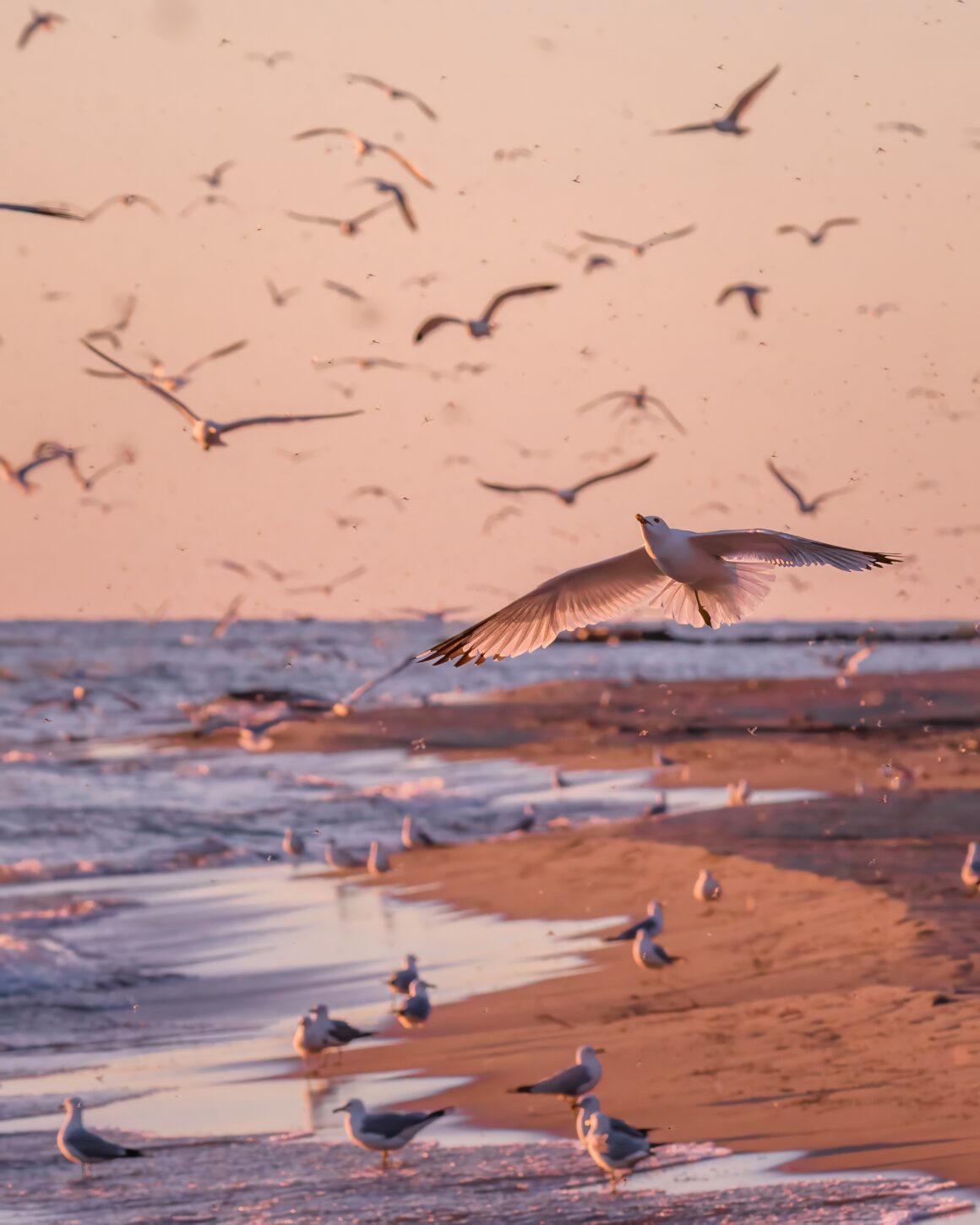
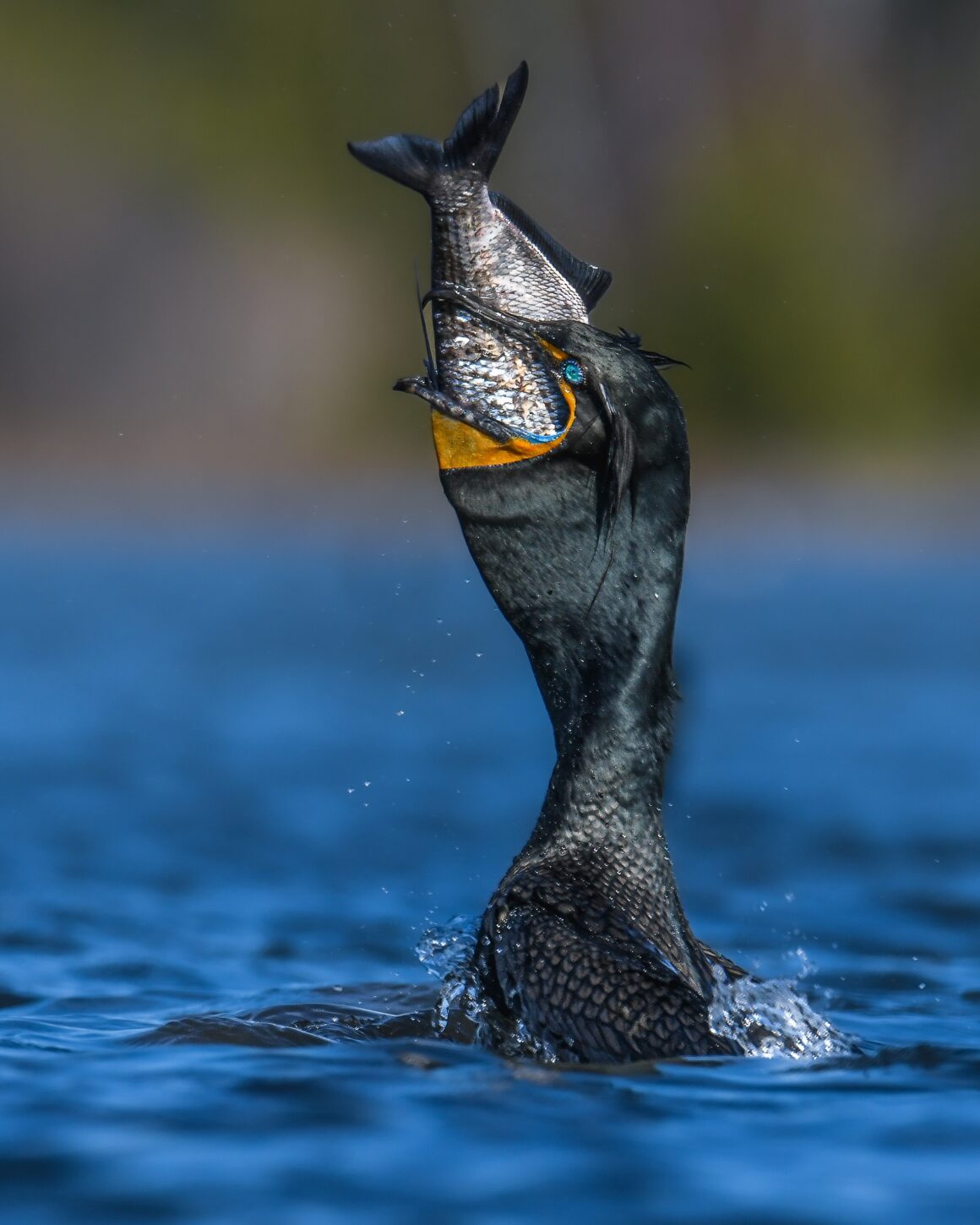
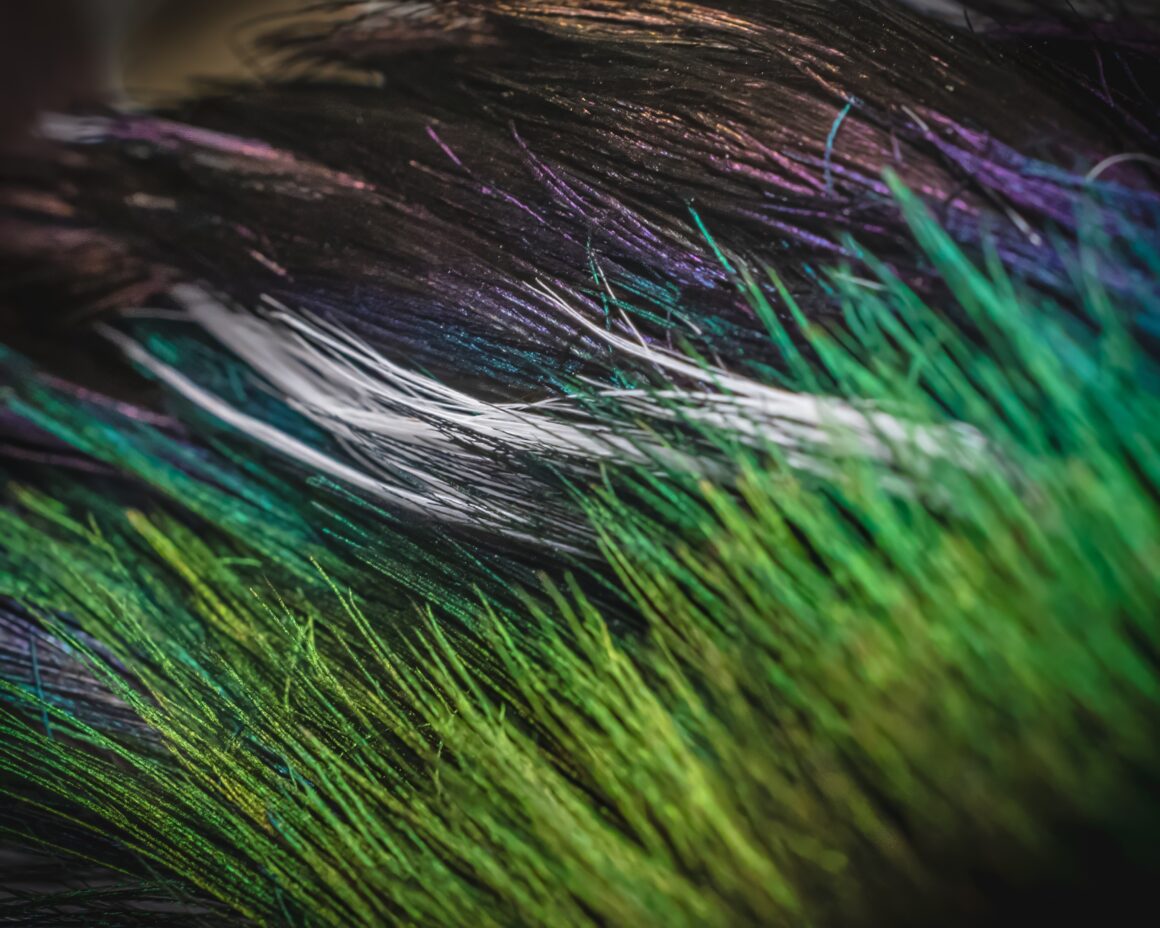
Rr: You can’t hunt birds without having a strong sense of conservation and a respect for the life of the physical spaces and creatures that call them home. Does the concept of conserving these opportunities to shoot wildlife photos ever cross your mind when you’re sitting in a blind with your camera?
RC: The only constant is change. When my great-grandfather painted landscapes and waterfowl in the same areas I photograph today, the landscape looked somewhat different. Waterfowl numbers were low after decades of market hunting, and conservation was a relatively new concept. Today, we are experiencing the glory days of waterfowl, with populations flourishing. While agricultural expansion has altered habitats, it has also provided abundant food sources. Conserving natural
places is vital for both wildlife and people to thrive, offering opportunities for photography, hunting, and enjoyment for everyone.
Rr: Shots like yours don’t come from a cellphone camera. Tell us about your go-to camera setup and favourite lenses.
RC: It has to be a stick in a mud. My equipment is mostly old and purchased used, which makes me less hesitant to expose it to the mud, rain, and ice it needs to endure. With that, I’m a Nikon guy. My Nikon D500 with an 18-200mm lens is a daily driver, while the Tamron 150-600mm is reserved for special occasions.
Rr: Where can people find you online, and what projects do you have coming up you’re excited about?
RC: I’m falling into fall; it is my favourite time of year and the busiest season. I get to reconnect with friends near and far during the season. You can follow my adventures on Instagram, Threads, or Facebook at @BruceCountyPhoto and @RyanCampbellPhotos



